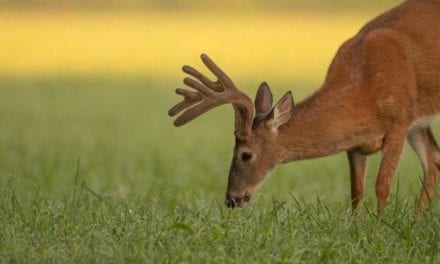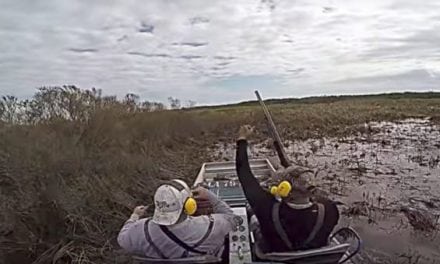It never ceases to amaze me that more avid hunters don’t buy a turkey permit in the fall.
Hunters say a lot of things about why they don’t hunt North America’s and Nebraska’s largest upland game bird during autumn.
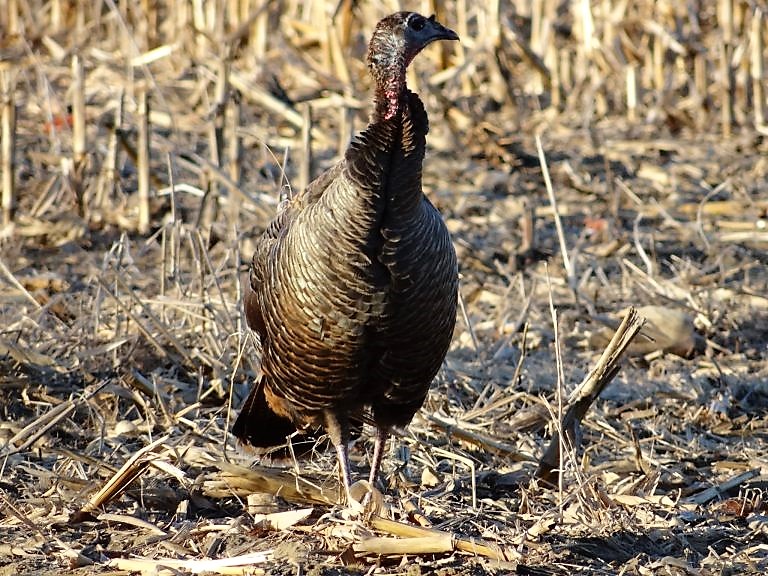
They say there are too many other game birds and animals to hunt in the fall and they may not even see turkeys.
They say the fall hunt for turkeys is merely an ambush and not as challenging as the spring hunt when you can call in love-struck gobblers. Plus, they say turkeys don’t talk much in the fall or respond to calls.
They even say there could be an issue with over-harvest of birds in a turkey flock with the fall season.
None of those things can be further from the truth. There is sure a lot of misinformation circulating in hunting circles.
So, no better person to address and clear up these fall wild turkey hunting misconceptions than Dr. Jeffrey, Lusk, Wildlife Biologist, Ecologist and Biometrician for the Nebraska Game and Parks Commission.
First though, Lusk comments that a 2019 Nebraska fall wild turkey hunt should be on any hunter’s list. Why? Lusk points out that while other upland game bird populations are most likely lower due to weather factors, the turkey population in the state increased 12 percent. That figure is according to the summer rural mail carrier survey. He notes that turkey numbers in Nebraska remain strong and stable.
Lusk adds with youth turkey permits only $8.00 for those 15 years of age and younger, fall wild turkey hunting fits perfectly into Nebraska’s new Take ‘Em Hunting challenge for introducing new hunters to the field. Details about Take ‘Em Hunting are available here.
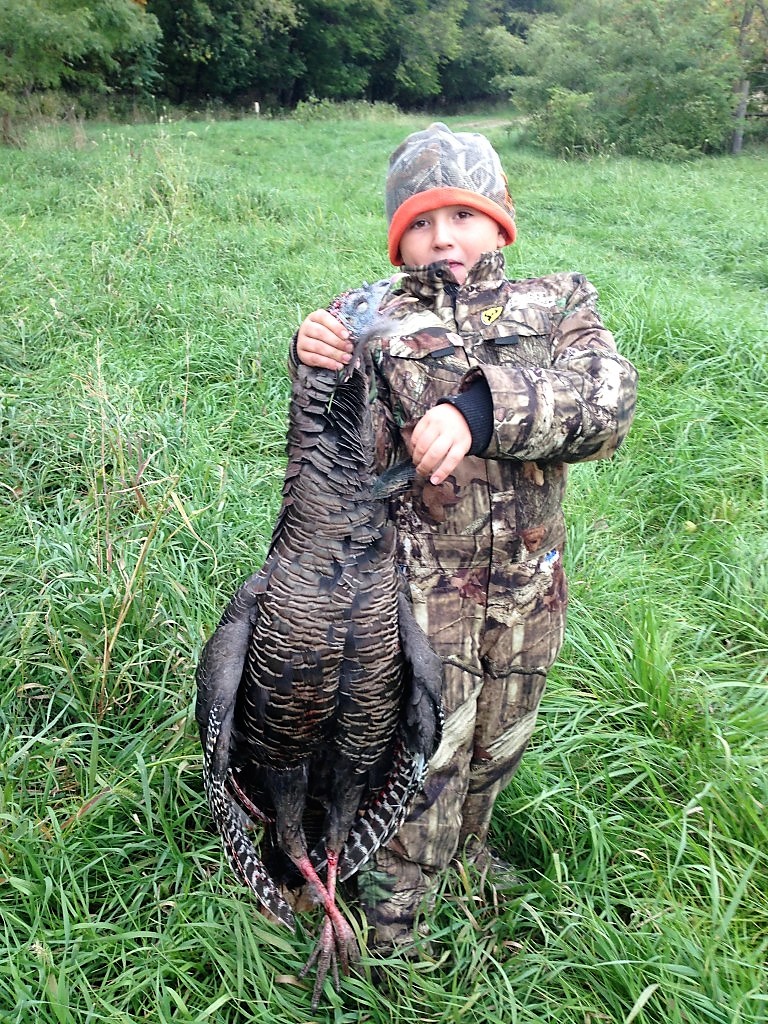
Back to those things that hunters say.
Lusk responds to hunters who claim that they are too busy hunting other game to pursue turkeys. He reminds hunters that the original Nebraska turkey hunt was a classic fall version in 1962. He says you can make your fall wild turkey hunt a traditional one with a “scatter and recall” method or create an opportunity to acquire a bonus game species for the dinner table while hunting your primary quarry, another quarry such as deer. Some hunters, he goes on to say, set January aside to hunt turkeys when many other seasons are waning or have closed. The turkey season opened on Sept. 15 and runs through Jan. 31, 2020.
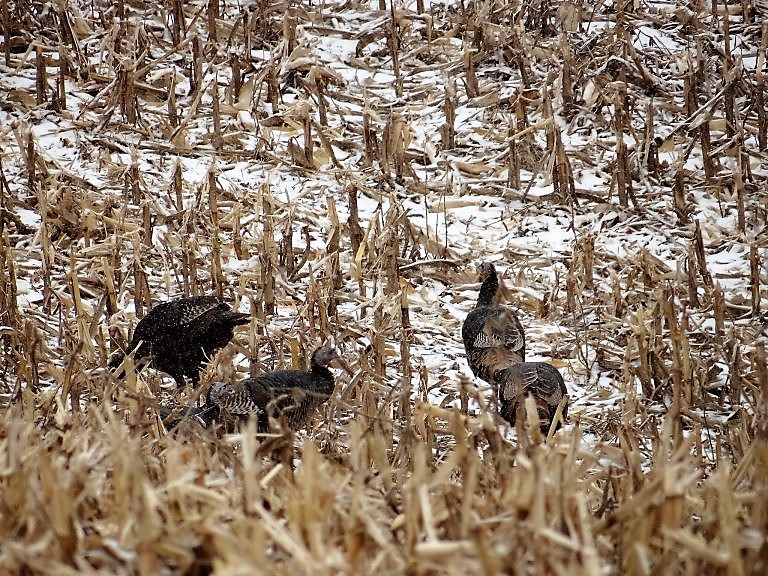
Do you know that wild turkeys thrive in all 93 Nebraska counties? They do and utilize a variety of habitats so the chances of seeing them are good on various hunts, especially on deer hunts.
Consider what Lusk hears from deer hunters when working firearm season check stations. “Time and again I have had firearm deer hunters tell me at check stations that they should have purchased a turkey permit because they had seen flocks of turkeys repetitively near their stands and blinds.”
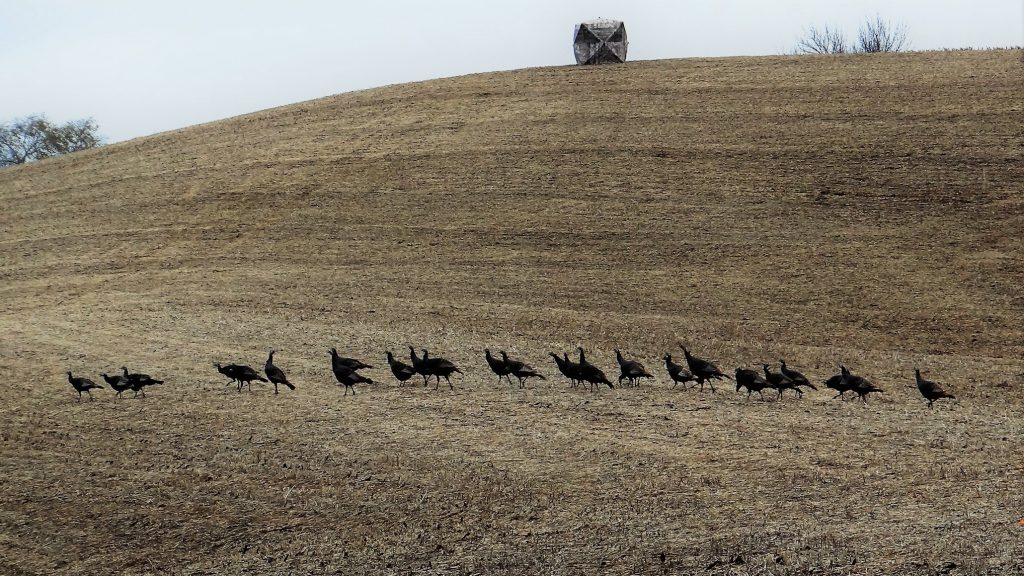
Are turkeys vocal in the fall? “Contrary to what some hunters and others think, turkeys in the fall are expressive with their calls,” replies Jeff Lusk. “Wild turkeys speak the same language in the fall as they do in the spring, but differently. Whether it is just coming off the roost or getting worked up along a trail, a flock of hens and young-of-the-year birds can be very vocal and even make quite a racket.” Also, he says tom turkeys will gobble in the fall to typically show their dominant status in a flock. It is also not uncommon to still hear a tom gobble before leaving his roost.
Lusk recommends learning and using the kee-kee and assembly yelping calls in the fall. “The turkeys really respond to those two calls during our fall season,” he emphasizes.
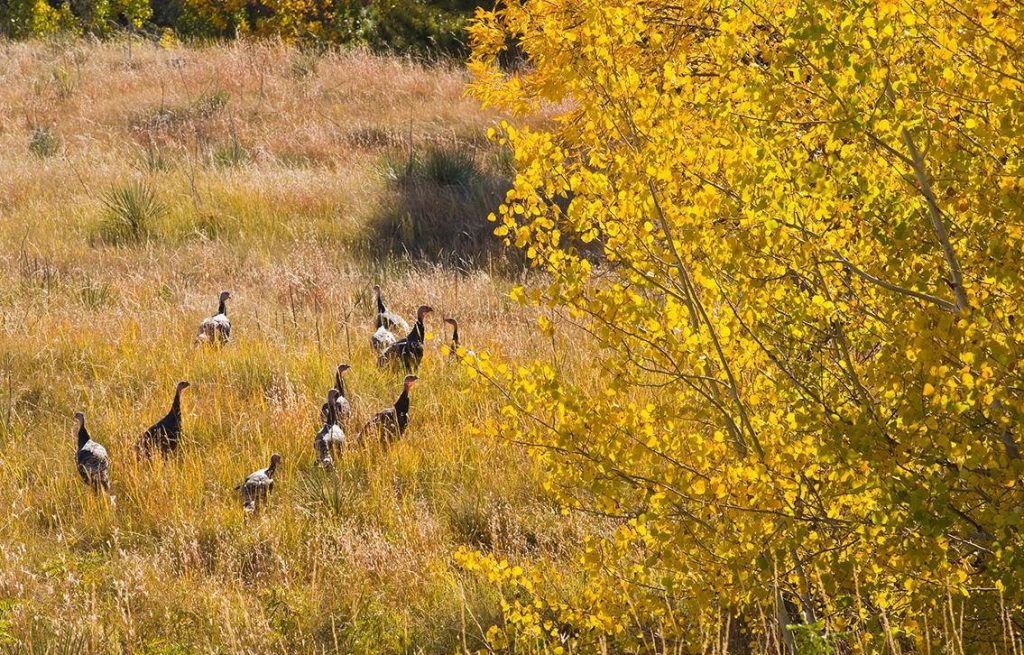
Is over-harvest of turkeys a potential problem in the fall with hunting? No. The biometrician has calculated that the amount of harvest in the fall by hunters is not large enough to impact Nebraska’s wild turkey population. “Just look at 2018, he says, “when we had roughly 6,000 turkey permit holders take a little over 3,000 birds for a 54 percent success rate. It’s all about the numbers.”
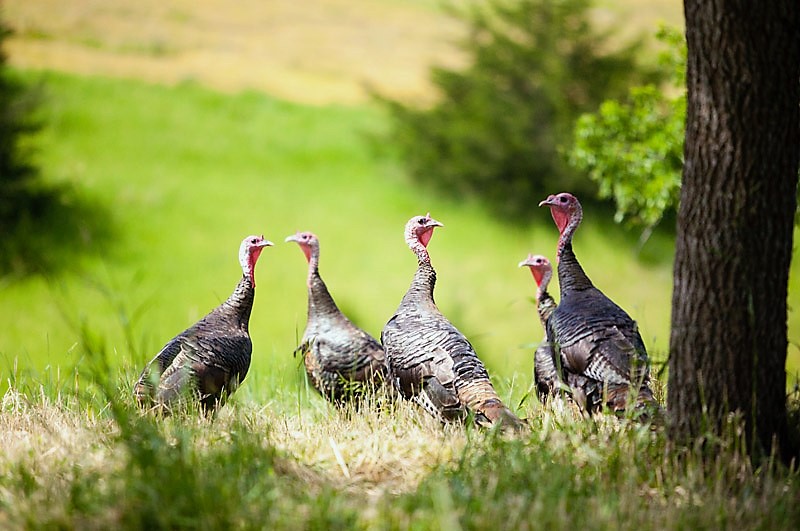
Keep in mind that nearly 1 million acres of publicly accessible lands can be found throughout Nebraska with many of them supporting wild turkeys. For information on these lands, visit the WHERE TO HUNT web page.
You can get more information about turkey hunting in the Cornhusker State on the Game and Parks website at this link.
Good hunting to you!
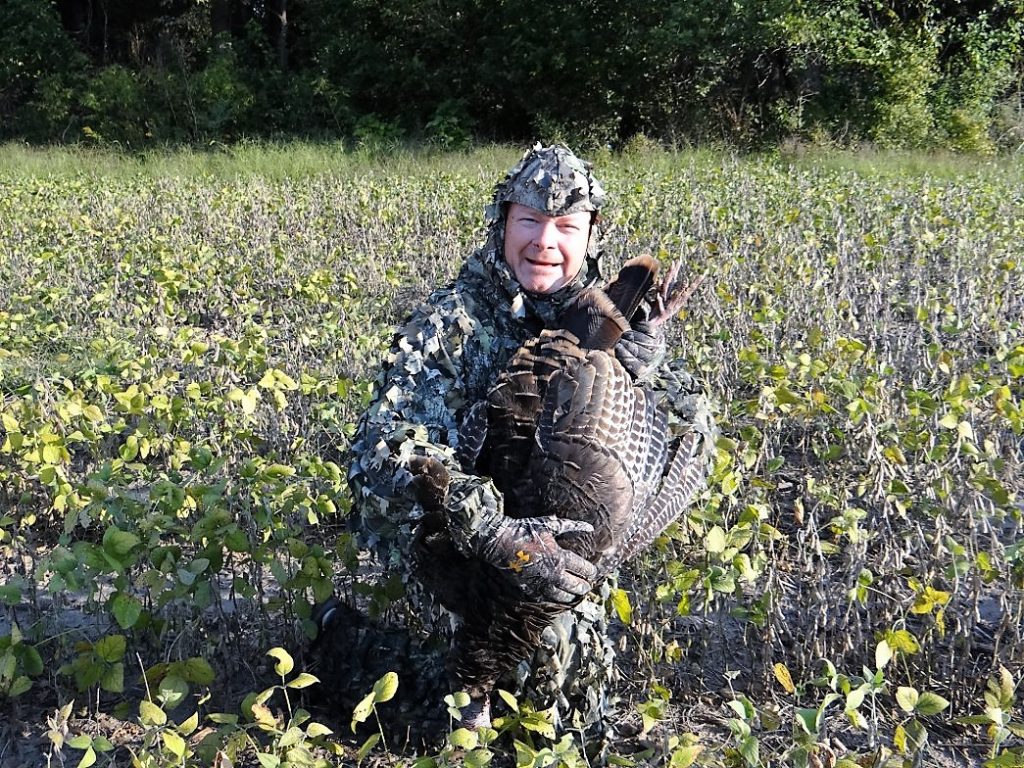
The post Hunters: Now, what are those reasons why you don’t want to fall turkey hunt? appeared first on Nebraskaland Magazine.











